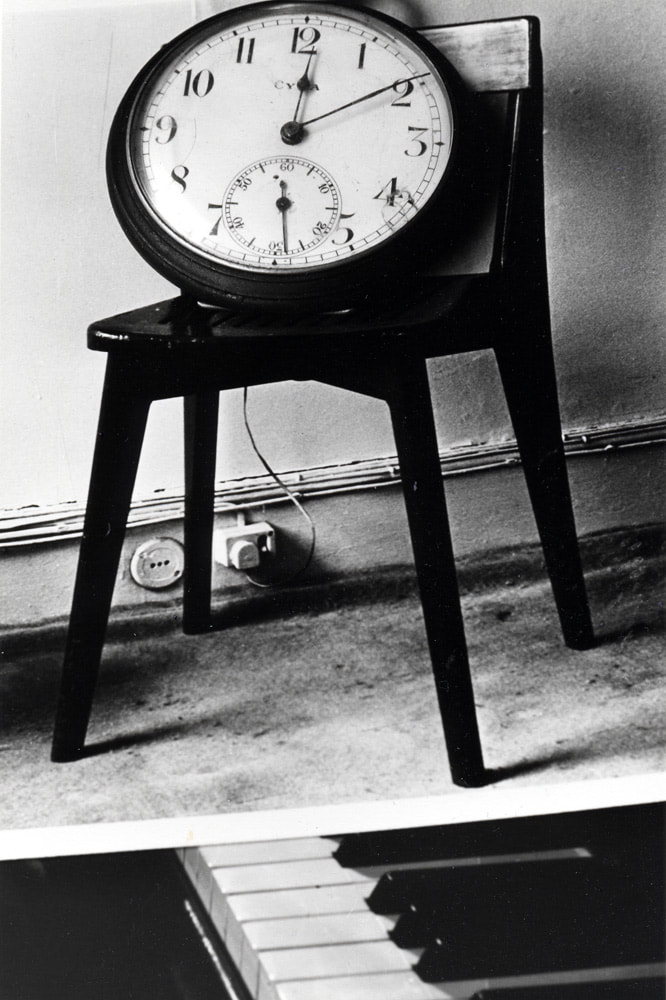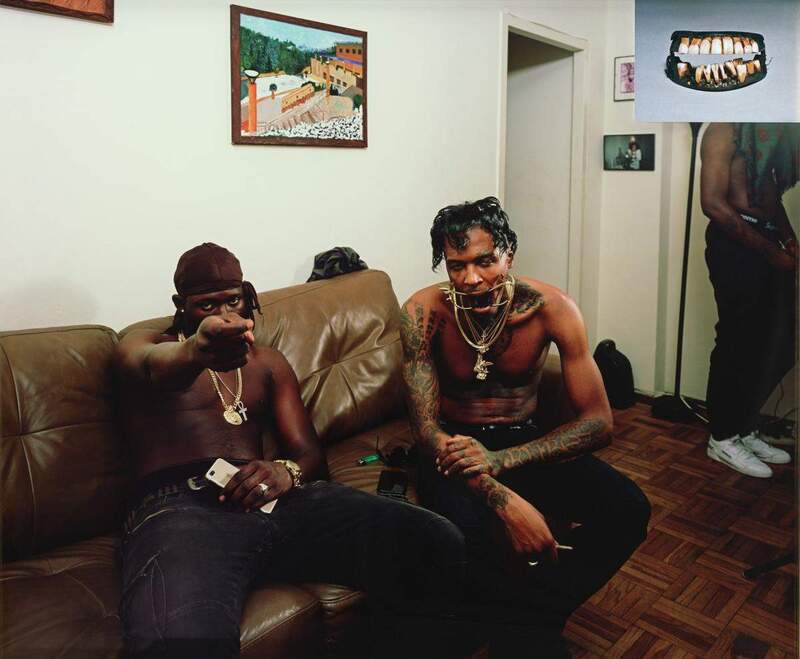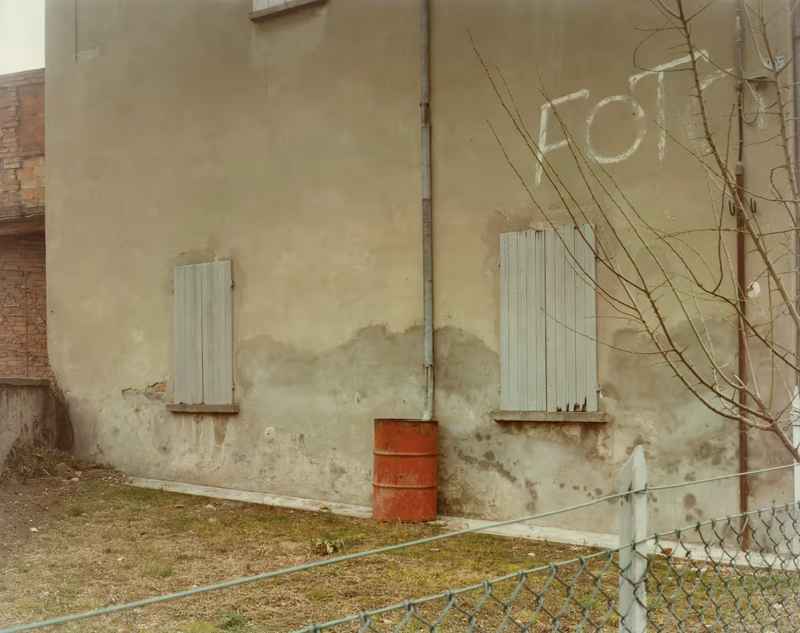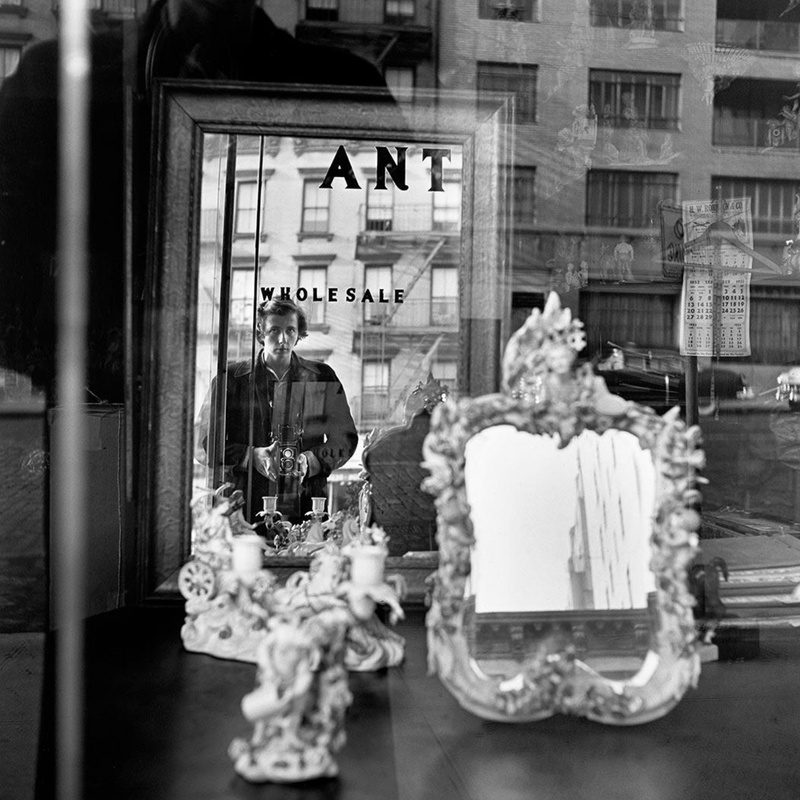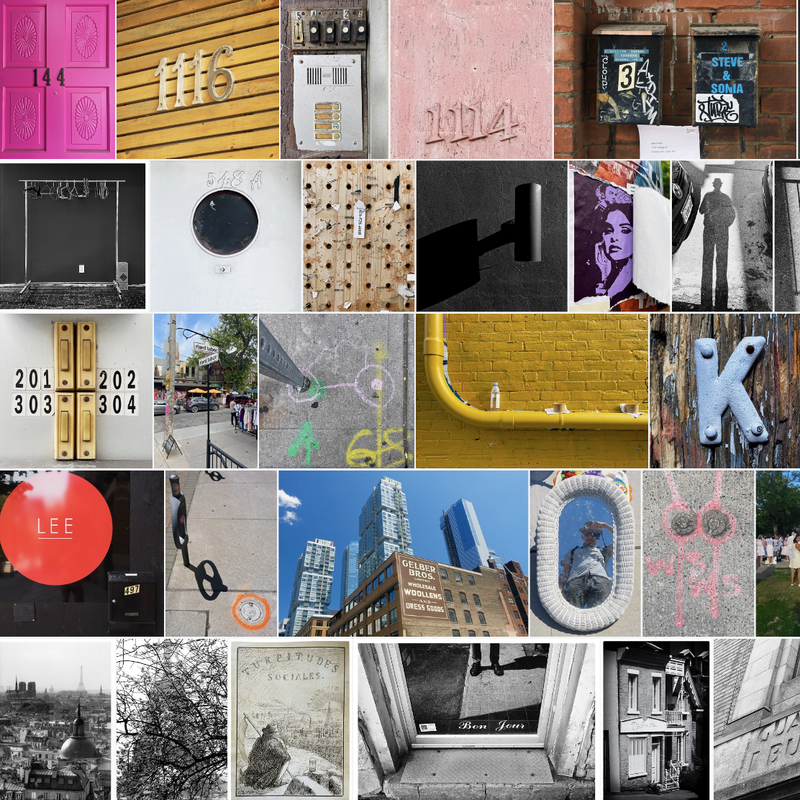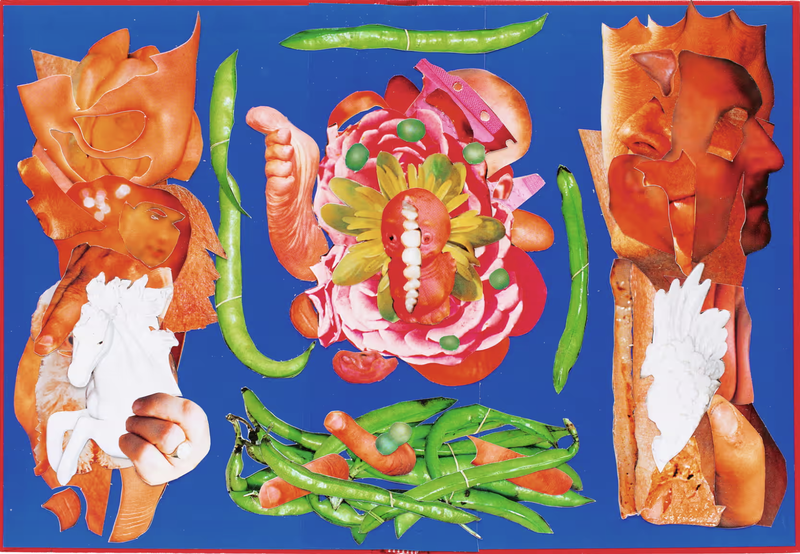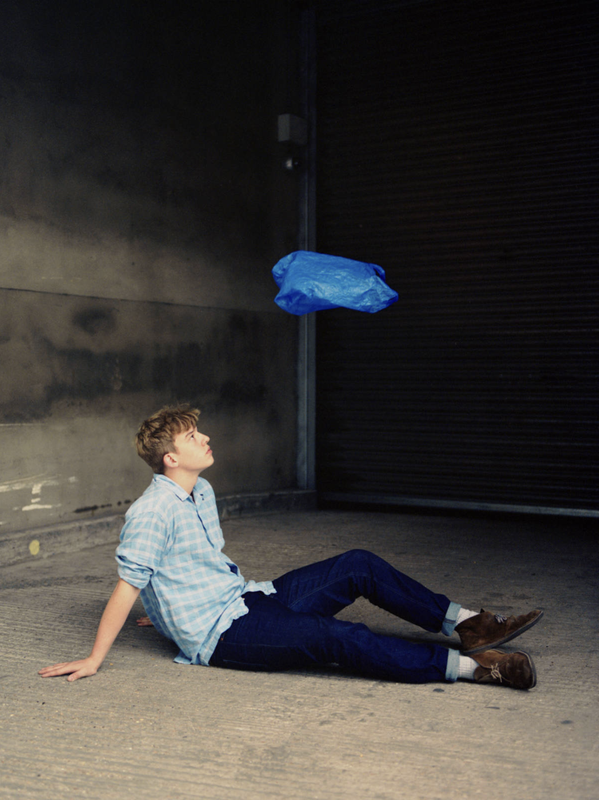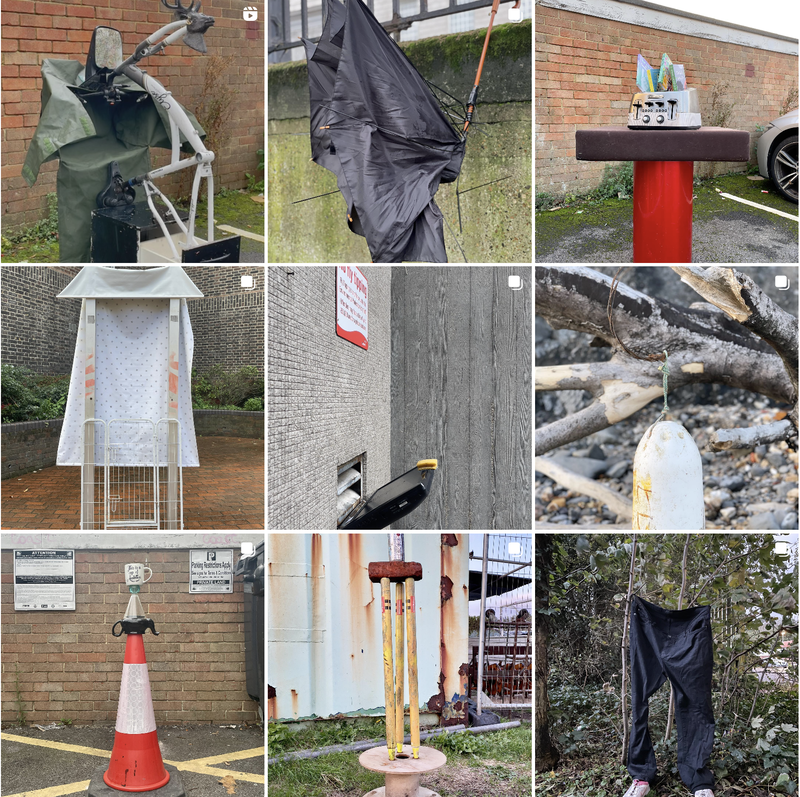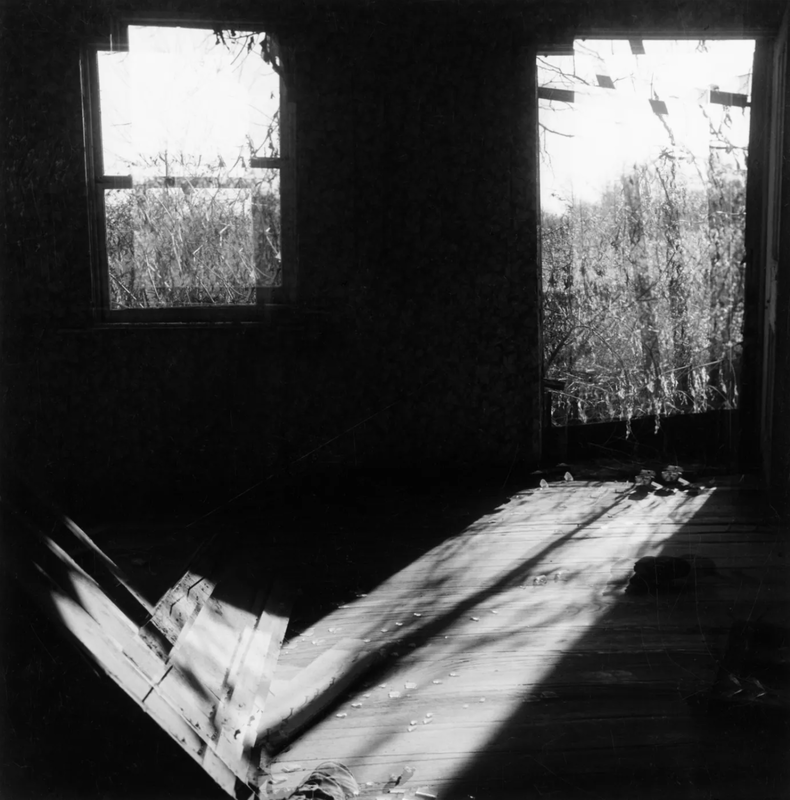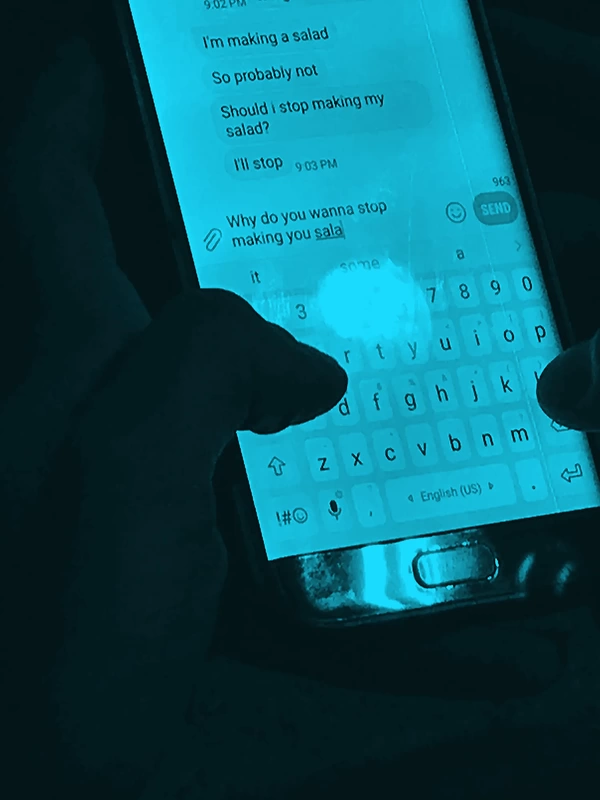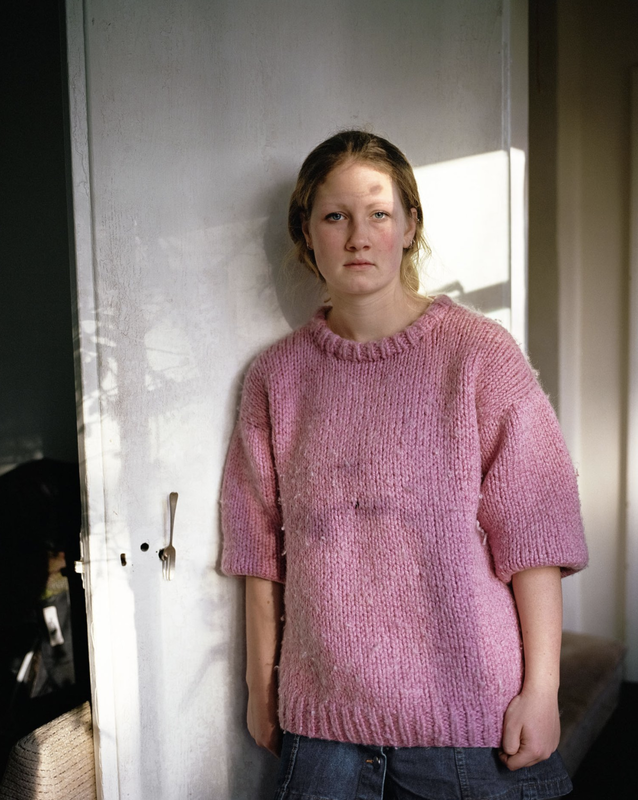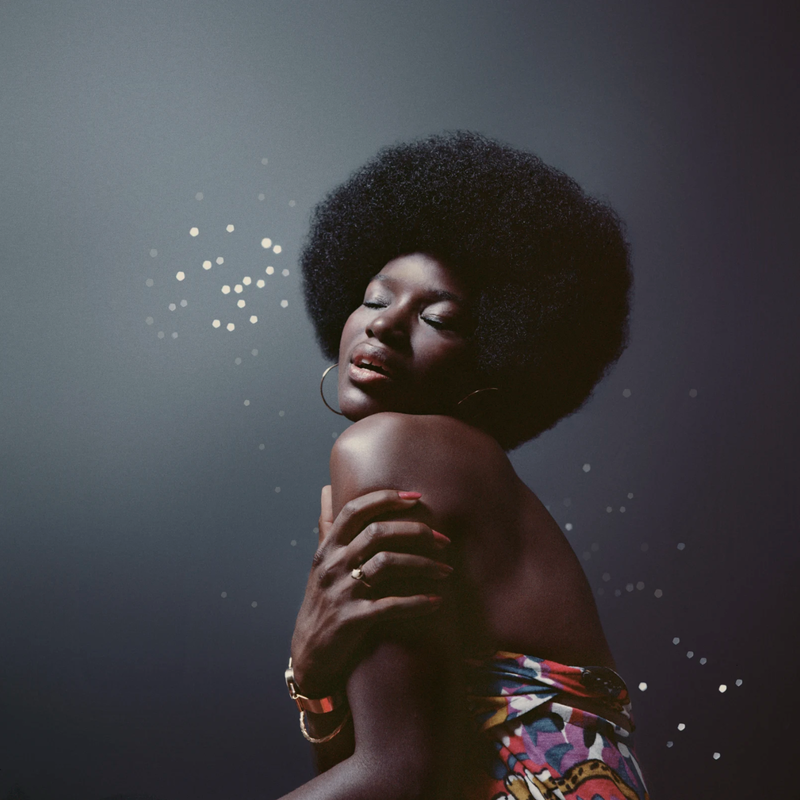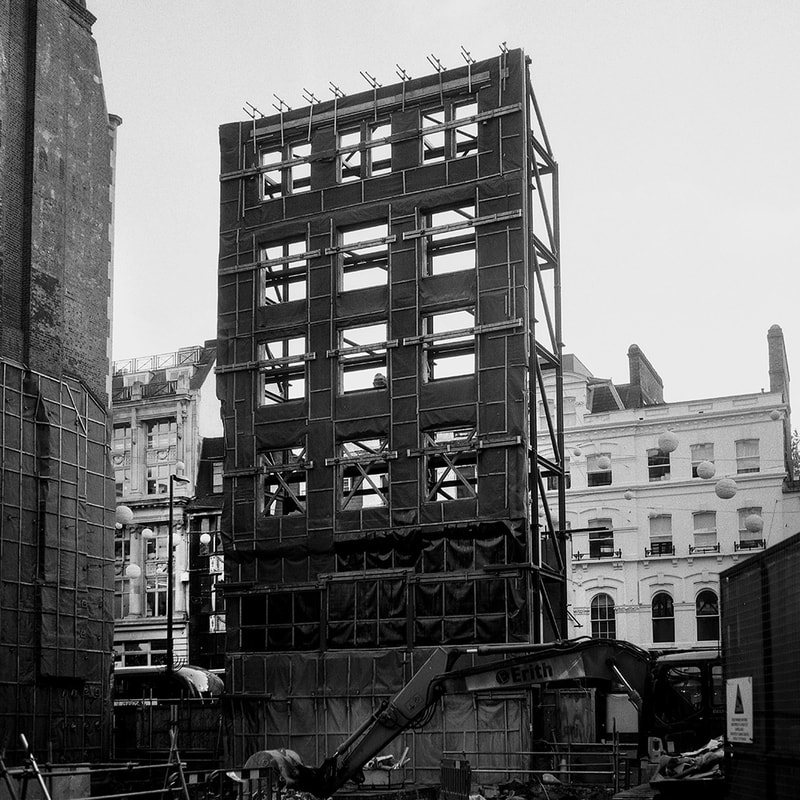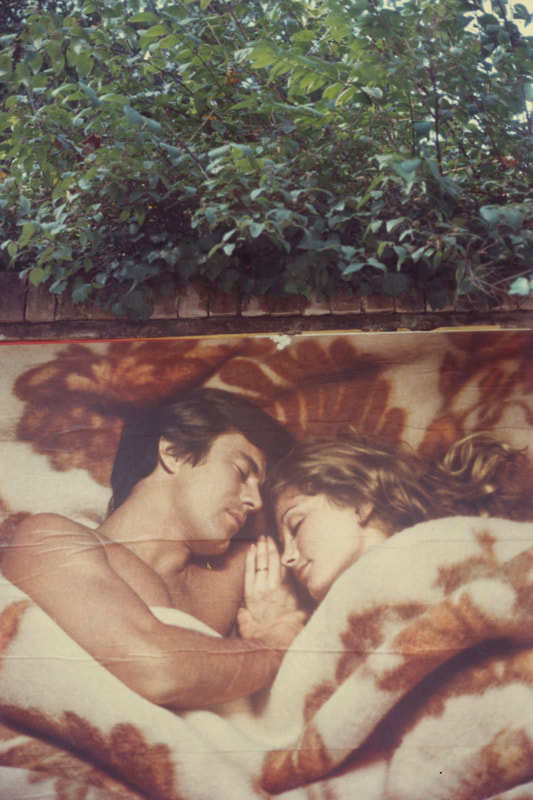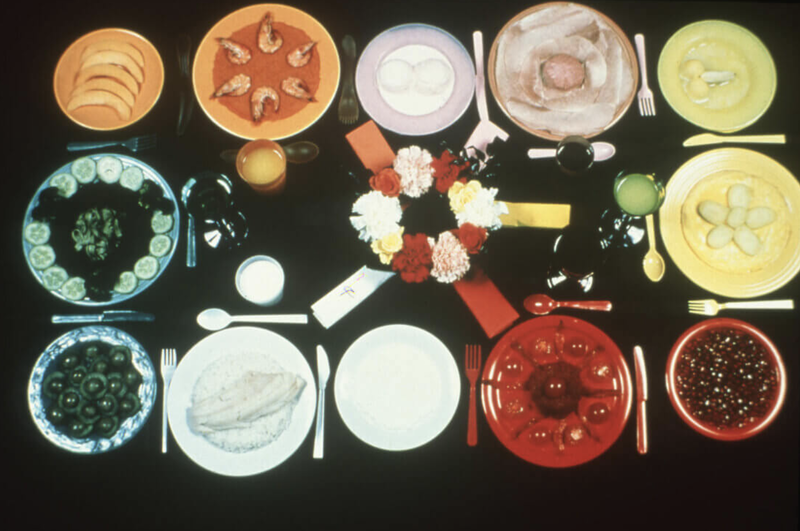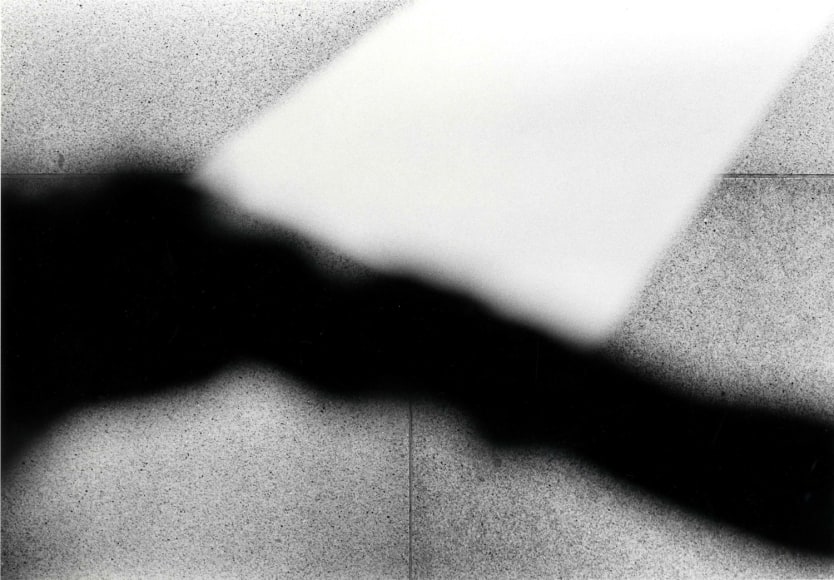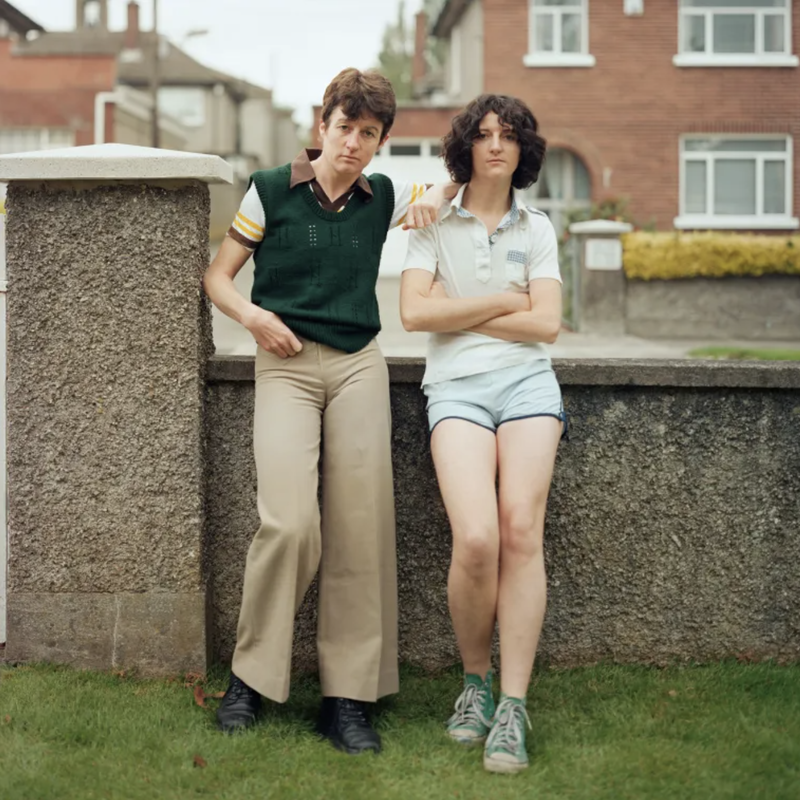Post 16 resource:
13 ways to begin a photography personal investigation
From Jon Nicholls & Di Minnicucci, Thomas Tallis School
|
Beginning a personal investigation in photography can be a tricky process. You need to work out what interests you, what approach to photography you want to pursue and what questions you might have that need investigating. The following set of tasks is designed to help you exercise your photography muscles and begin to think about what kind of photographer you are.
Choose at least three of the following exercises to carry out over the course of a few weeks. You can do them in any order. Some may appeal more than others. Try to step outside your comfort zone and attempt something new. While you are doing these exercises, reflect on what motivates you to make photographs and what you want to spend the next few months exploring through photography. Remember to document the process of your research, thinking, planning, decision-making, developing and refining, alongside the images that you make.
Why 13? No particular reason, other than the idea of a baker's dozen (12 + 1 for good luck being a decent amount) combined with a Wallace Stevens poem. Each of the prompts is accompanied by some image hyperlinks to additional resources. These are not meant to be exhaustive, just starting points for your enquiries. There's no right or wrong way to make a photograph. |
NB: Most of the prompts and exercises in this list are adapted from those found in The Photographer’s Playbook, an invaluable collection of 307 assignments written by photographers for photographers, edited by Jason Fulford and Gregory Halpern. We've just chosen and tweaked some of our favourites. If you're not keen on any of these exercises, there are plenty more in this inspiring collection. Better still, why not invent your own...?
PS: There are lots more suggestions for making and doing in our Threshold Concepts for Photography.
PPS: We have deliberately left issues of style, genre and technology open as much as possible. Be playful. Mix things up. Try blending different approaches. If you have access to a darkroom, try to use it. If you like fashion photography, approach each task with that in mind. Have fun!
PS: There are lots more suggestions for making and doing in our Threshold Concepts for Photography.
PPS: We have deliberately left issues of style, genre and technology open as much as possible. Be playful. Mix things up. Try blending different approaches. If you have access to a darkroom, try to use it. If you like fashion photography, approach each task with that in mind. Have fun!
Research:
Exercise #2: Close to homeWork within a 10 minute walk radius of your home. Explore the area for 30 minutes from a distance of 5 metres. Repeat the exercise focussing your camera at 4 metres and so on until you are photographing everything from 0.5 metres away.
Think about how distance and proximity change your relationship to things. |
Research:
Exercise #3: Pictures within picturesLook for pre-existing frames in the world (windows, openings, gaps in fences, mirrors etc.) and use them to compose your photographs. Choose some of your images to print and re-photograph in their original and/or new locations.
Think about how photographs have edges, unlike the world that is continuous. |
Research:
Exercise #4: Shoot first, think laterTake at least 20 pictures a day for 5 days straight. Photograph whatever is available. Don’t worry about quality. It’s quantity that matters to begin with, but try not to take more than one picture of each thing you photograph.
On the 6th day, look through your 100(ish) pictures and identify any interesting themes or patterns in your work. What did you see? Look past the obvious subject of the photographs and consider colours, light, patterns, textures, moods etc. Think about what the camera saw that you might not have noticed? Also, how can we begin to make sense of your own photos, not to mention all the other trillions of photos in the world? |
Research:
Exercise #5: Hidden beautyChoose an object that is not interesting in itself - something mundane and everyday, neither ugly nor beautiful. Study the object carefully. Think of a way to photograph it that will make it interesting. Take the object out of its normal environment, or change its colour, or make it look like something else. Perform with it, move it, light it.
Think about how you can add the extra element that will raise the status of this ordinary thing, and how you can use your photography to document the transformation. |
Research:
Exercise #6: Sound picturesMake recordings of 10 different types of ambient sound - traffic noises, footsteps, music playing, singing, talking, planes overhead, the wind in the trees etc. Try to record these sounds in different locations. Now, try to make photographs to fit with each of the sounds.
Think about how to make photographs like sounds e.g. long or multiple exposures, cropping, layering etc. to suggest the abstract ways in which sounds work on our nervous systems. Present the resulting images and sounds together audio-visually. |
Research:
Exercise #7: The Public StageChoose a busy street scene where people come and go. Think of this as a stage. Use your camera to frame an individual or multiple ‘actors’ using compositional devices such as line, form, light, and shadow. The space is critical to consider. It is not simply a background. Be aware of composition at the edges of the fame. Think of your photograph as everything contained within the rectangle instead of one object in the centre. Don't crop the image. Every element is important. Repeat several times as the actors come and go. It might help to put your camera on a tripod but it’s not essential.
Think about the the way that the camera viewfinder can activate a human drama which may or may not really exist. |
Research:
Exercise #8: Streetscapes
|
Research:
Exercise #9: That special someonePhotograph someone who is important to you. Try to capture the special quality that you admire in them. Experiment with different locations, poses, lighting etc. until you are satisfied that you have caught the spirit of the person. Now, ask this person to name two people who are important to them (they would need to be alive and nearby). Find out the reason for their admiration. Photograph these two people, trying to capture their special qualities. How long can you keep this process going?
Think about what photographs can and can't describe? |
Research:
Exercise #10: Recreating stories
Think about how sequences of still images can suggest a narrative. |
Research:
Exercise #11: Dream CityImagine that your nearest city (or a more distant city you may have visited) only existed as a dream, perhaps the kind of fantastic city written about by Italo Calvino in his book Invisible Cities. Photograph this dream city. There are no restrictions about how you might interpret this assignment, so use your imagination. How can you use factors like the time of day, colour, movement and details to evoke the mood of your imaginary, dream city.
Think about how sequences of photographs can create a new reality from an existing one. |
Research:
Exercise #12: Playing Games
Think about how you can play with the rules of photography. |
Research:
Exercise #13: Life StoriesSelect five significant objects from your life - personal items that hold a special value or meaning for you - and photograph them. Then find out something about your family from before you were born. Try to make some photographs about this information. You might wish to re-stage a memory or photograph a photograph. Next, explore the people and places with whom you live now and make some pictures of them. Make a list of questions that arise from your research. How will you present a series of photographs (and other artefacts and/or documents) representing what you have learned?
Think about the memorialising purpose of photographs and the grey area between fact and fiction. |





